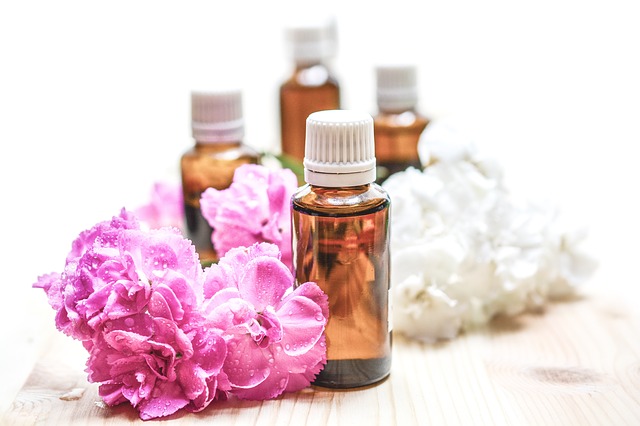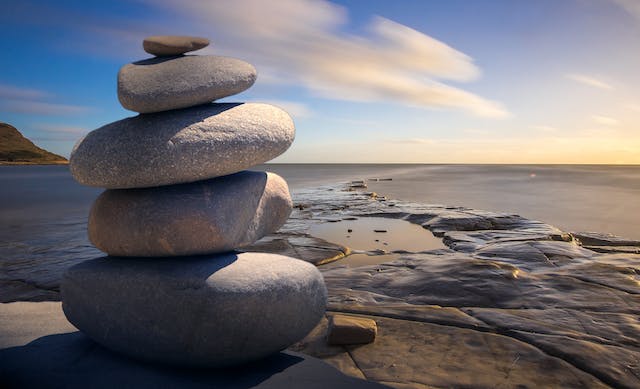Essential oils are basically highly concentrated oils which are usually extracted from roots, leaves, flowers, and other plant parts which are grown in farms like the Lavender Farms started by D. Gary Young of Young Living Essential Oils. Usually extracted through the process of steam distillation (which involves the application of steam until all the oil vaporizes), essential oils usually possess the characteristic smell of the plant from which they are extracted. Although the term “essential oils” is quite common, very few people can tell more about these concentrated oils in terms of how they work, their uses, benefits, and side effects. If you are among them, here is a piece that will leave you knowledgeable about essential oils.
How Are Essential Oils Said To Work?
For many centuries, essential oils have been used in ancient medicine and their use has currently been embraced in the modern-day medical arena. The main reason why these oils never lose their value is because of the diversity they possess in terms of usage. In aromatherapy, for instance, when molecules of any essential oil are absorbed through the skin or inhaled, they are said to affect metabolism, brain chemicals, hormones, and influence the nervous system and brain areas. Besides, essential oils are mostly used to boost mood, ease stress, get a good night’s sleep, and even repel unwanted insects.
How Are Essential Oils Used?
Inhalation: One of the most common ways through which people use essential oils is through inhalation. Since most of these oils are usually highly concentrated, it is always advisable that you do not inhale them directly from a bottle. To release any oil into the air you breathe, a device like a diffuser could be used. Some other inhalation methods include the popular steam inhalation or applying a few drops of the oil to a handkerchief, tissue or cotton ball and placing it near your face.
Topical Use: In addition to being highly concentrated, essential oils are also too potent for anyone to use them full-strength on their skin. In most cases, these oils should be diluted in a carrier oil (like avocado, almond, and apricot kernel oil) before they can be applied to the skin during spot treatment, an aromatherapy massage, a bath, or a spa treatment. Essential oils could also be found in candles, shampoo, lotion, soap, and bath salts.
Commonly Used Essential Oils
While there are hundreds of essential oils available, here are some of the most commonly used essential oils.
Eucalyptus: This oil is a common ingredient in steam inhalations to cure colds and clear throat congestion in the chest.
Clary sage: This oil could aid in relieving hot flashes as well as promote sleep.
Lavender: This essential oil is mostly used for relaxation and improving sleep.
Peppermint: This oil is used for headaches among other types of pain.
Rose: The oil’s soothing scent has been found to ease stress as well as menstrual cramps.
Tea tree: The tea tree essential oil is mostly used as a spot treatment for acne as well as treating fungal skin infections.
Rosemary: This oil has a stimulating scent which boosts focus and attention.


